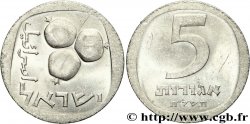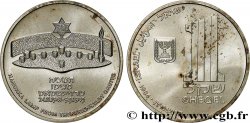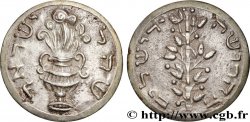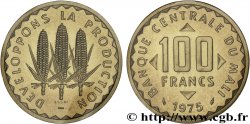fme_960748 - ISRAEL Médaille “Faux Shekel” juif copiant celui de Jérusalem
150.00 €约 1255.50 CNY
数量
加入购物车

种类 Médaille “Faux Shekel” juif copiant celui de Jérusalem
日期: n.d.
铸币厂名称/城市 Israël
材质 alloy
直径 30,5 mm
模子方针 12 h.
重量 10,40 g.
侧面 lisse
印模 sans poinçon
关于品相的说明
Patine hétérogène. Usure régulière. Présence de quelques rayures
正面
正面的文字 LÉGENDE HÉBRAÏQUE.
正面的说明书 Calice au centre de la légende.
背面
背面的文字 LÉGENDE HÉBRAÏQUE.
背面的说明书 Motif végétal dérivant de la branche de grenade à trois bourgeons.
评论
Cette médaille est à rapprocher du Méreau du pélerinage de Gorlitz aux XV et XVIe siècles.
Les faux shekels ont une histoire longue et mystérieuse. Ils étaient sans doute d'abord fait en Europe et au Proche-Orient dès le Moyen-Âge, vendus aux pèlerins (crédules) de retour ou sur leur chemin vers la Terre Sainte.
Ces objets ont plus tard été utilisés comme "jetons" dans certaines confréries juives, chrétiennes et maçonniques.
http://www.theshekel.org/article_false_shekels.html.
This medal is similar to the Gorlitz Pilgrimage Medal of the 15th and 16th centuries. Fake shekels have a long and mysterious history. They were probably first made in Europe and the Near East as early as the Middle Ages, sold to (gullible) pilgrims returning or on their way to the Holy Land. These objects were later used as \\\"tokens\\\" in certain Jewish, Christian, and Masonic brotherhoods. http://www.theshekel.org/article_false_shekels.html
Les faux shekels ont une histoire longue et mystérieuse. Ils étaient sans doute d'abord fait en Europe et au Proche-Orient dès le Moyen-Âge, vendus aux pèlerins (crédules) de retour ou sur leur chemin vers la Terre Sainte.
Ces objets ont plus tard été utilisés comme "jetons" dans certaines confréries juives, chrétiennes et maçonniques.
http://www.theshekel.org/article_false_shekels.html.
This medal is similar to the Gorlitz Pilgrimage Medal of the 15th and 16th centuries. Fake shekels have a long and mysterious history. They were probably first made in Europe and the Near East as early as the Middle Ages, sold to (gullible) pilgrims returning or on their way to the Holy Land. These objects were later used as \\\"tokens\\\" in certain Jewish, Christian, and Masonic brotherhoods. http://www.theshekel.org/article_false_shekels.html








 对产品描述纠错
对产品描述纠错 打印
打印 分享我的选择
分享我的选择 提问
提问 Consign / sell
Consign / sell
 产品介绍
产品介绍















